Get to know: the 10 most common bacteria on mobile phones
It is no exaggeration that the mobile phone is dirtier than the toilet.
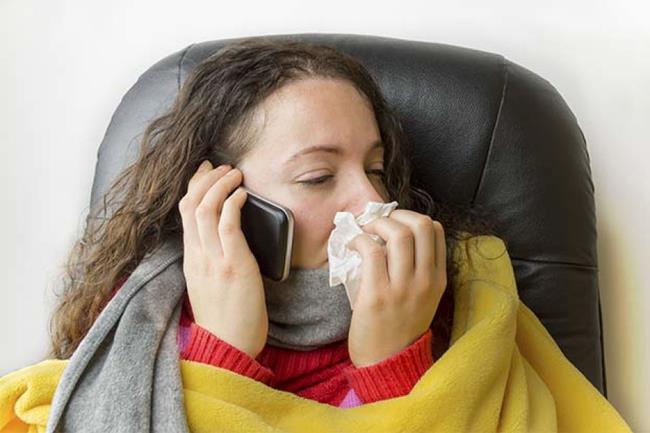
Whenever we are addicted to playing mobile phones, my mother will jump out and say, "Holding the mobile phone all day long, in fact, the mobile phone is dirtier than the toilet." Or, do you want your eyes? " At this time, most people will think that mom is exaggerating. But in fact, mom’s words are not exaggerated. In a study in 2009, two scientists found that mobile phones have long been a veritable pathogen reservoir because of their contact with face, ears, lips and hands, and the different health conditions of people who use mobile phones. So, the next time you shoot dishes with your mobile phone before eating, think about those microbes and bacteria. So, what are the common bacteria in mobile phones? Let’s take a look together.
1. Coliform bacteria

Next time, when you can’t get up on the toilet and have diarrhea, think about it. The culprit may be your mobile phone. Microbiologists at the University of Arizona concluded in a study in 2012 that, on average, smartphones carry more bacteria than horse buckets. Some experts said that we should not be surprised. Because generally speaking, there are fewer bacteria in human thighs than in hands and mouth. However, even people who are obsessed with cleanliness tend to clean toilets more often than mobile phones.
However, it is still difficult to ignore the existence of coliforms. Coliform bacteria always exist in human and animal feces and plant soil. Now, coliforms also exist unabashedly on personal mobile phones. Although a small amount of these bacteria will not make you sick, their existence means that other pathogens are also lurking on the mobile phone.
2. Escherichia coli

Like most of the bacteria listed in this article, Escherichia coli is one of the bacteria that we are afraid to avoid. However, the truth is that not all strains of Escherichia coli are harmful to human body, and some strains are even beneficial to human digestive tract.
E. coli usually exists in human intestines, and if it exists in mobile phones, it means there are other pollutants. In addition, there may be an Escherichia coli strain of O157:H7 serotype on the mobile phone. Although their existence is very rare, it is this pathogen that causes the occurrence of food-borne diseases that we hear in movies and local news broadcasts.
3. Staphylococcus aureus
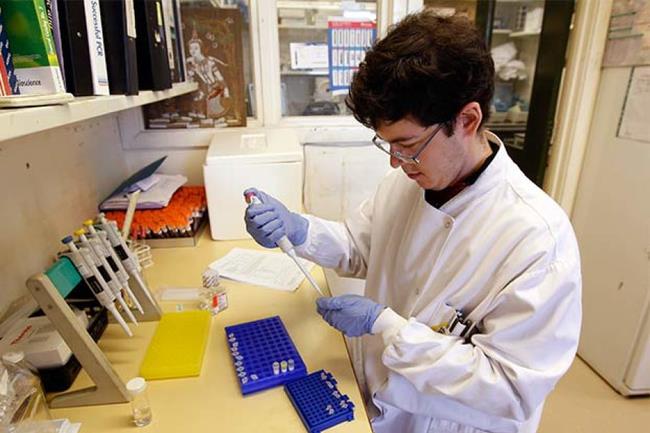
Staphylococcus aureus is another common bacterium, and its harmfulness varies according to different strains. Some strains can cause serious skin diseases such as staphylococcal infection. For example, methicillin-resistant Staphylococcus aureus can cause skin sores, and the bacteria are spread through skin contact. Usually this kind of bacteria spreads in hospitals, medical centers and other places, and the use of dirty mobile phones undoubtedly accelerates this process.
In a study in 2009, Turkish microbiologists found that more than half of the 200 people they tested (52%) had their mobile phones contaminated by Staphylococcus aureus. The mobile phone exposed to methicillin-resistant Staphylococcus aureus reached 38%.
4. Streptococcus
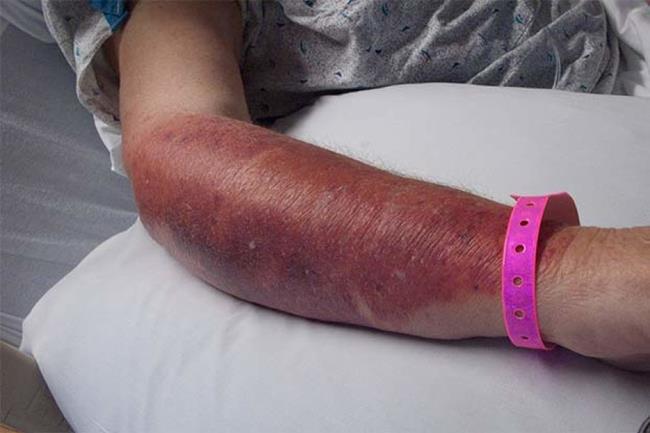
That day, Anderson Cooper read a lot of news on the computer, but the one that shocked him most was that his favorite BlackBerry was confirmed to be positive for Streptococcus faecalis after testing.
Streptococci are mainly divided into type A and type B.. Many of us will encounter Class A bacteria in childhood, which often causes streptococcal laryngitis. At the same time, this kind of bacteria can also cause more serious scarlet fever, toxic shock syndrome, cellulitis (infection that causes skin swelling) and carnivorous diseases called necrotizing fasciitis. Class B bacteria are also powerful, which may cause pneumonia and urinary tract or skin infections.
5. Coagulase-negative Staphylococcus
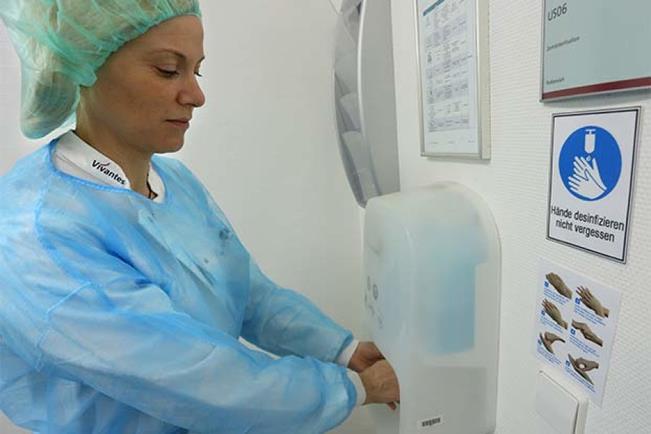
Before introducing this bacterium, let’s challenge to read its name quickly five times. Coagulase-negative staphylococci is a kind of antibiotic-resistant bacteria living in human skin and vagina. Although this bacterium is generally less harmful than Staphylococcus aureus, it is a more common cause of blood infection. If you stay in the hospital for a long time and often come into contact with medical equipment, you are likely to be exposed to this bacteria and cause infection. According to the investigation, more than 30% of blood infection cases related to medical care are caused by coagulase-negative staphylococcus.
At the same time, the bacteria also appear on smartphones and other devices. In 2011, a group of scientists from Ghana selected mobile phones from 100 randomly selected students and took samples from the surfaces of these mobile phones. 15% of mobile phones were positive for coagulase-negative staphylococci.
6. mold

If the tobacco stored around in the refrigerator has not been thrown away, then they must be moldy. However, mold is more than that. From the research of Turkish health care workers, 10% of the tested mobile phones were also found to have mold.
Mould is sure to spoil the taste of old refrigerators. Although the mold in the refrigerator is not as spectacular as the mold covering the bedroom wall, it can also cause health problems. Exposure to mold may affect the respiratory system, leading to shortness of breath, stuffy nose, fever and lung infection. Although it is not common to cause lung infection.
7. Yeast

Just as some bacteria in this article are actually beneficial to the health of the digestive system, yeast also has important functions-it can be used to make pizza and beer. We can be sure that the world with yeast is better. But that doesn’t mean you want to soak your mobile phone in yeast.
In the same Turkish study mentioned above, scientists tested yeast in 1.5% mobile phones. Yeast is a fungus that can live anywhere in the body. Yeast infection can cause severe itching of the skin or vagina and cause secretion in the vagina. The good news is that people are unlikely to get infected with yeast through mobile devices unless they do something very strange with their mobile phones.
8. Clostridium difficile
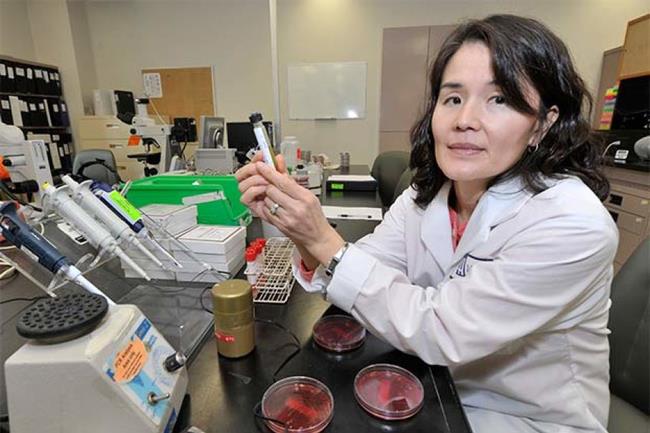
It can be said that Clostridium difficile is an advanced and scientific "cause of diarrhea". Elderly patients or patients who have been using antibiotics for a long time are particularly vulnerable to this kind of bacteria. At least now you know that in the foreseeable future, the toilet seat you use may be quite clean.
This kind of bacteria often spreads in hospitals. Healthy people are unlikely to be infected with it, but it is a good idea to clean your mobile phone every once in a while. Apple recommends that you don’t use solvents to clean your phone, just wipe it with a soft cloth. Other technical experts will spray isopropanol and distilled water solution on a soft cloth to wipe and clean the mobile phone.
9. Corynebacterium
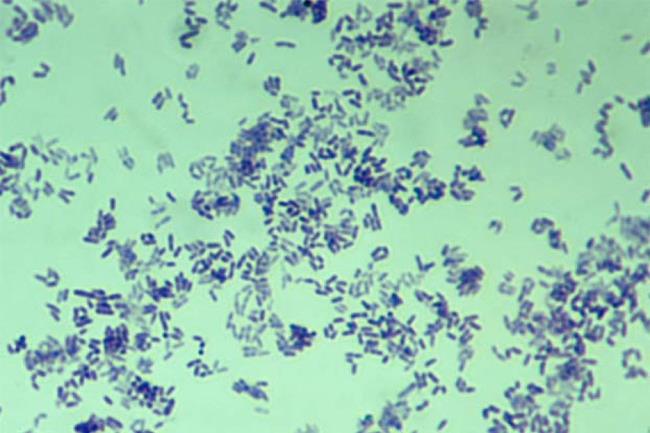
No, it’s not a microorganism that can make pranks. It is a pathogen. It can cause a potentially fatal disease called diphtheria. Toxins can pollute the throat of infected people, making it difficult for them to breathe. Diphtheria first begins with a cold, and then the patient begins to have a fever and chills. Finally, the patient was induced to have a heart attack.
Fortunately, diphtheria vaccine is widely used in developing countries. But in the United States, this disease does not exist to a large extent. This means that the Corynebacterium found on mobile phones by researchers at the University of Oregon in 2014 may not be a toxic variety.
10. Pseudomonas aeruginosa
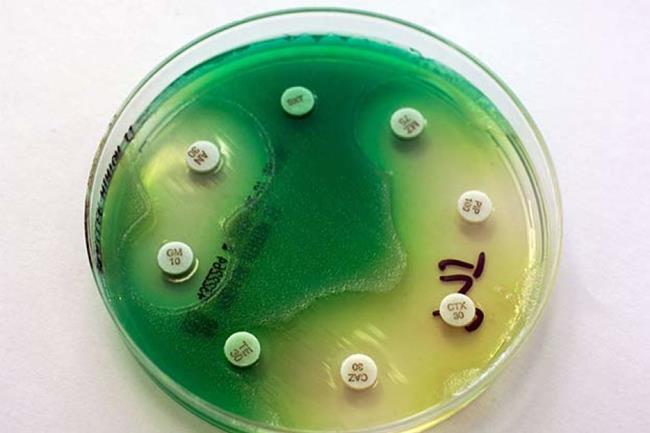
As described by a team of microbiologists, this "opportunistic pathogen" can play a role in various environments. It needs little nutrition and can survive in different environments. Traces of this bacterium can be found in hospital medical equipment, receivers, community communication tools and even your conversation equipment. In a study of 400 mobile phones, Nigerian researchers found that these bacteria are one of the most common bacteria lurking in mobile phones.
Different from other bacteria on this list, Pseudomonas aeruginosa has amazing ability to resist anti-infection treatment. These infections usually occur in hospitals, especially in intensive care patients. Sounds like it’s necessary for us to make the intensive care unit a cell phone-free area.